Table of Contents
1. Introduction to Philodendron Snowdrift Variegated
- Common name: Philodendron Snowdrift Variegated, Philodendron ‘Green Moss’ Variegata
- Scientific name: Philodendron x ‘Snowdrift’
- Family: Araceae
- Origin: This hybrid Philodendron is thought to be a cross between Philodendron pinnatifidum and Philodendron giganteum. It is native to Central and South America.
2. Plant Identification
This stunning plant will definitely make a statement in any interior setting with its magnificent variegated foliage. Even though its exact origins are still a little mystery (it’s thought to be a variation of the Philodendron “Jungle Fever”), one thing is certain: caring for this beauty is a snap.

Therefore, if you’re looking for a striking-looking low-maintenance plant, the Philodendron Snowdrift can be your best option. It is far more enjoyable to wait for fresh growth because it grows slowly and each new leaf is distinct.
3. Plant Care
3.1. Light
Indirect light that is bright is ideal for the growth of the Philodendron Snowdrift Variegated. Because it can scorch the foliage, keep the plant out of direct sunshine. For best results, place this plant by a north-facing window. The plant can also be placed a few feet from a south- or west-facing window if you don’t have a north-facing one.
3.2. Water
Water your Philodendron Snowdrift Variegated every day if it’s placed in a medium that has a lot of bark and air. Ensure that the water passes through the medium and doesn’t pool at the pot’s bottom.
To let the bark and plant absorb water, you can alternatively soak the pot and medium in different batches of water for a few hours. Drain any excess water from the pot before placing the Philodendron Snowdrift Variegated back in its pot.
Soaking the bark can be repeated every few days. It’s important to keep this kind of medium from drying out.
When watering your Snowdrift Variegated again, wait until the top inch or two of the soil dries up if you planted her in an ordinary potting mix.
3.3. Potting mix
The Snowdrift Variegated Philodendron favors potting mix that drains properly. Orchid bark, peat moss, and perlite can be combined in equal amounts to create your own homemade aroid mix, or you can purchase one.
3.4. Fertilizer
Most plants gain from a monthly fertilizer boost in the spring and summer. You only need to dilute a balanced liquid fertilizer to half its original strength. Utilize the fertilizer solution to provide your plant with nutrients when you water it. To prevent fertilizer buildup, make sure to rinse the pot with plain water after fertilizing.

3.5. Temperature
Since philodendrons are tropical plants, they cannot withstand cold weather. For Philodendron Snowdrift Variegated, 65°F to 80°F is the ideal temperature range. At this temperature, philodendrons grow the fastest on average. The room temperature should be above 72°F if you must keep it lower for a comfortable living area; this will allow the Philodendron Snowdrift Variegated to flourish.
Make sure the temperature in the room stays above 50°F. Your plant will suffer serious harm from low temperatures.
3.6. Humidity
The Philodendron Snowdrift Variegated prefers moderate to high humidity levels. But the plant will grow more efficiently if we increase the humidity as much as we can—ideally between 80% and 85%. We can put the plant and potting mix in a bigger pot to boost humidity.
In order to keep water in the pot, we may also add gravel or Leca clay pebbles underneath it, or we can even set a tray full of water next to the plant. The water evaporating will produce a humid wind circulation surrounding the plant. However, we must still ensure that the plant roots are not immersed in water.
4. Common Problems
The Snowdrift Variegated philodendron is generally pest-resistant, although like most houseplants, it can occasionally be attacked by common pests like mealybugs and spider mites. The plant may become weaker and its leaves may become damaged by these pests.
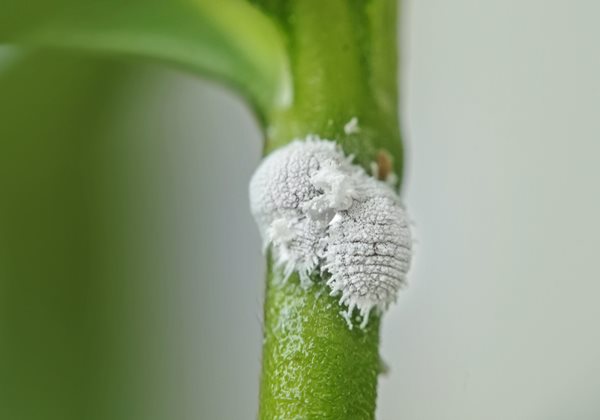
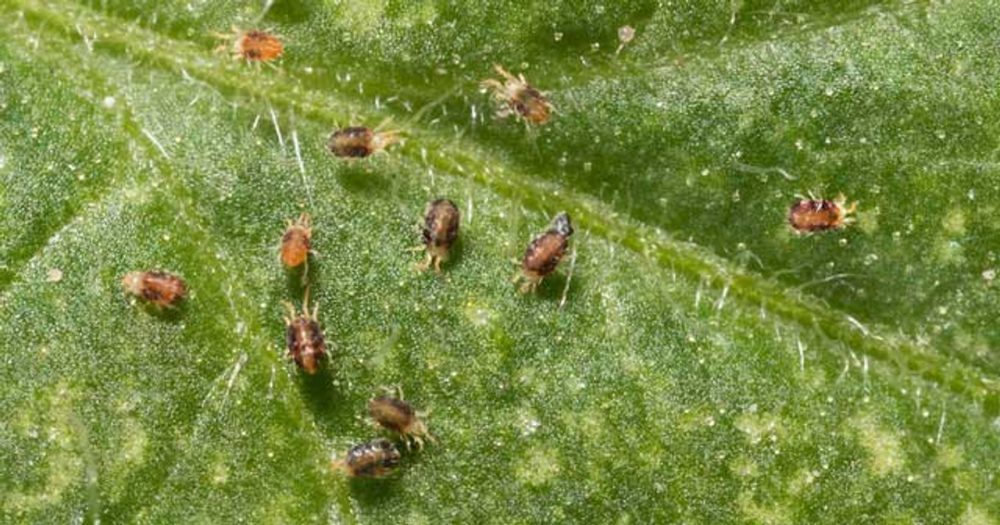
While it can still be vulnerable to fungal diseases like leaf spot, Philodendron Snowdrift Variegated is also comparatively resistant to disease. Fungi that love wet environments are the source of leaf spot.
The following techniques can be used to cure pests or illnesses that you find on your plant:
- Pests: If you find mealybugs or spider mites on your plant, you can treat them with insecticidal soap or neem oil. Be sure to follow the instructions on the product label carefully.
- Diseases: If you notice signs of leaf spot, you can treat the plant with a fungicide. Be sure to follow the instructions on the product label carefully.
5. Final thought
The Philodendron Snowdrift Variegated is a gorgeous low-maintenance plant that can bring a tropical charm to any space. You may help your plant grow and thrive for years to come by following the advice in this article.
Read more: Philodendrons: The Easy-to-Grow Houseplant That Will Add Beauty to Your Home
Xanh Xanh Urban Forest hopes that you found this blog article to be useful and educational. Please use the following to contact us with any questions:

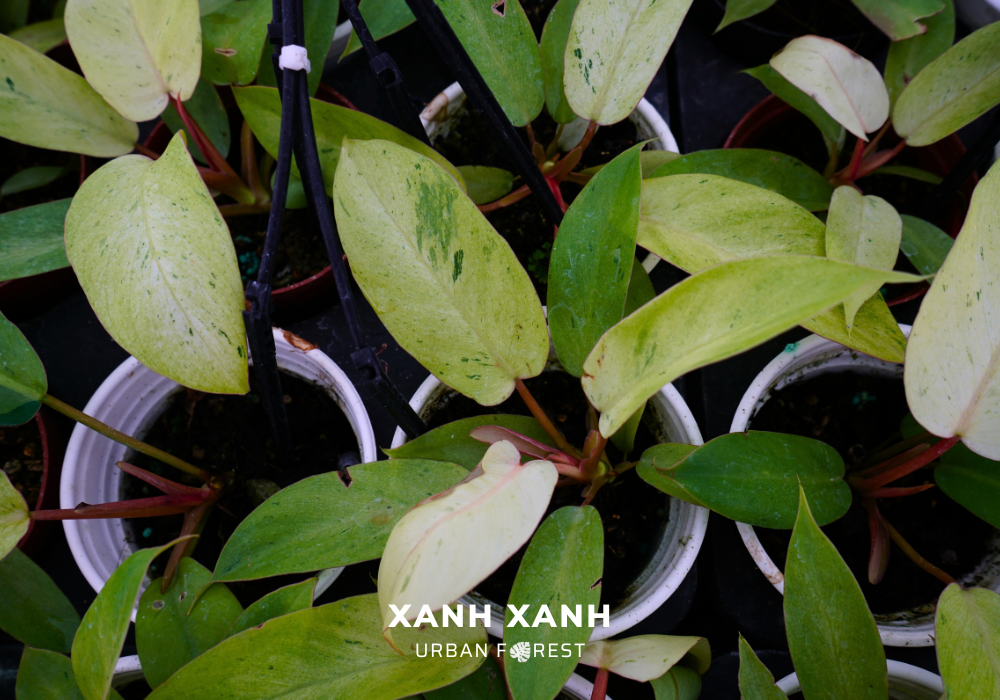
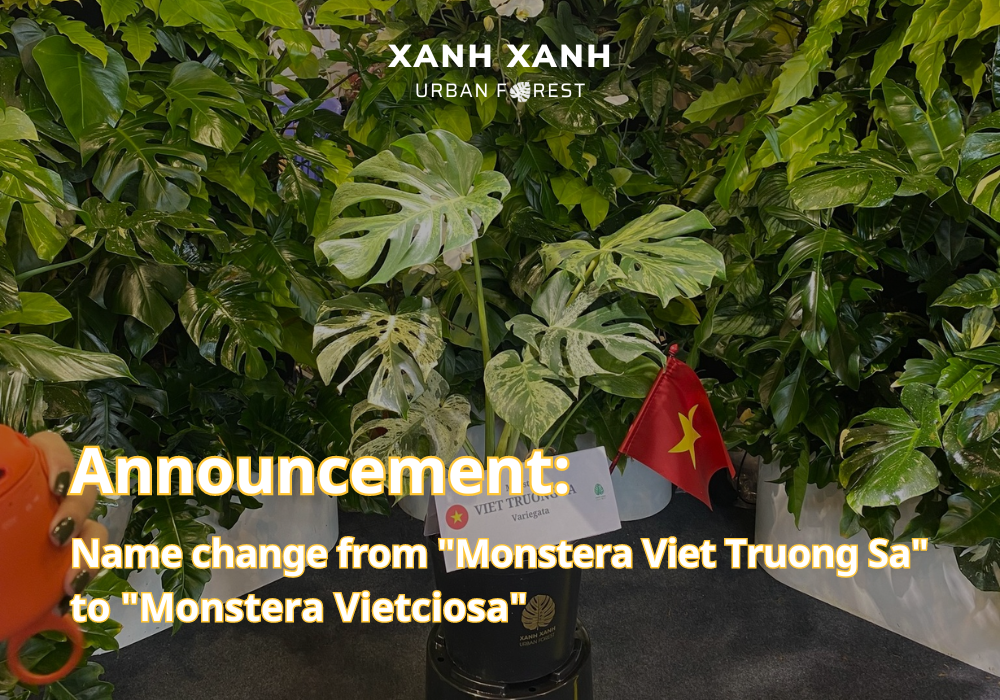
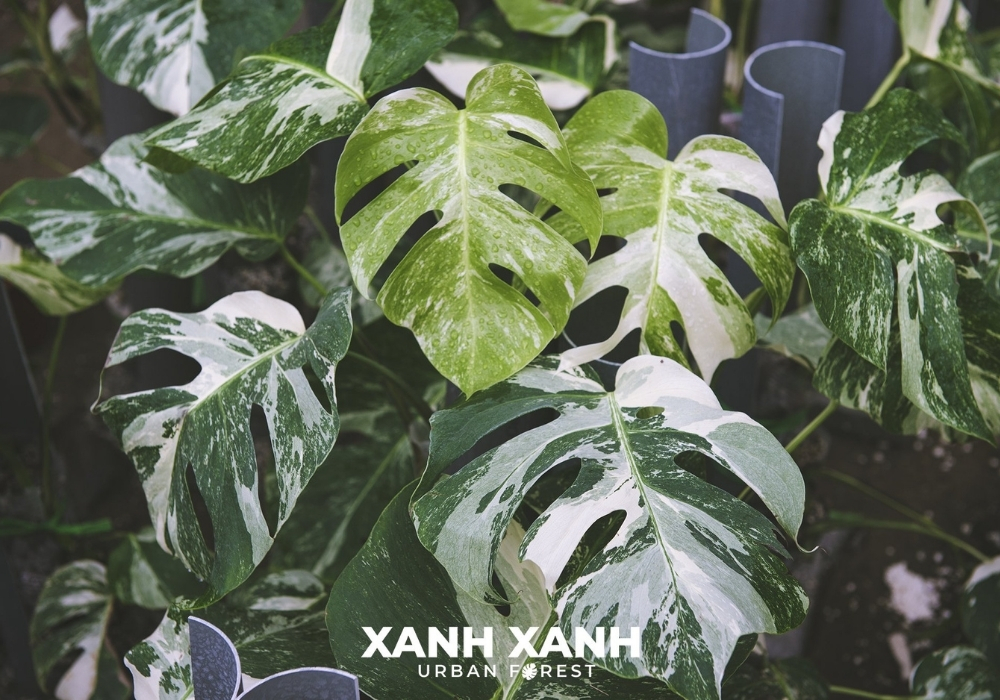

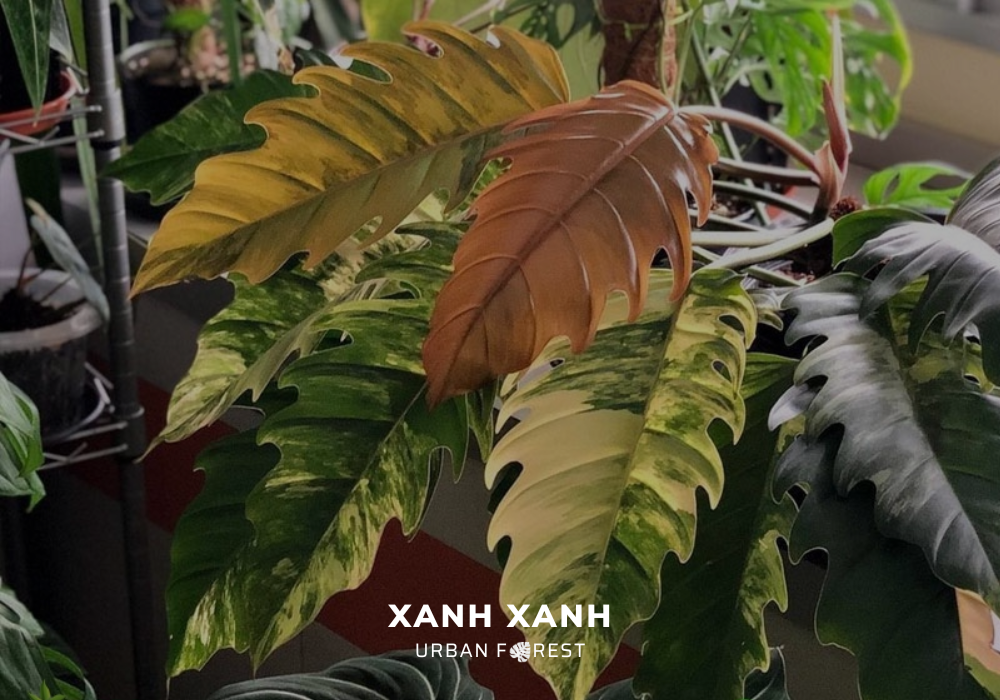
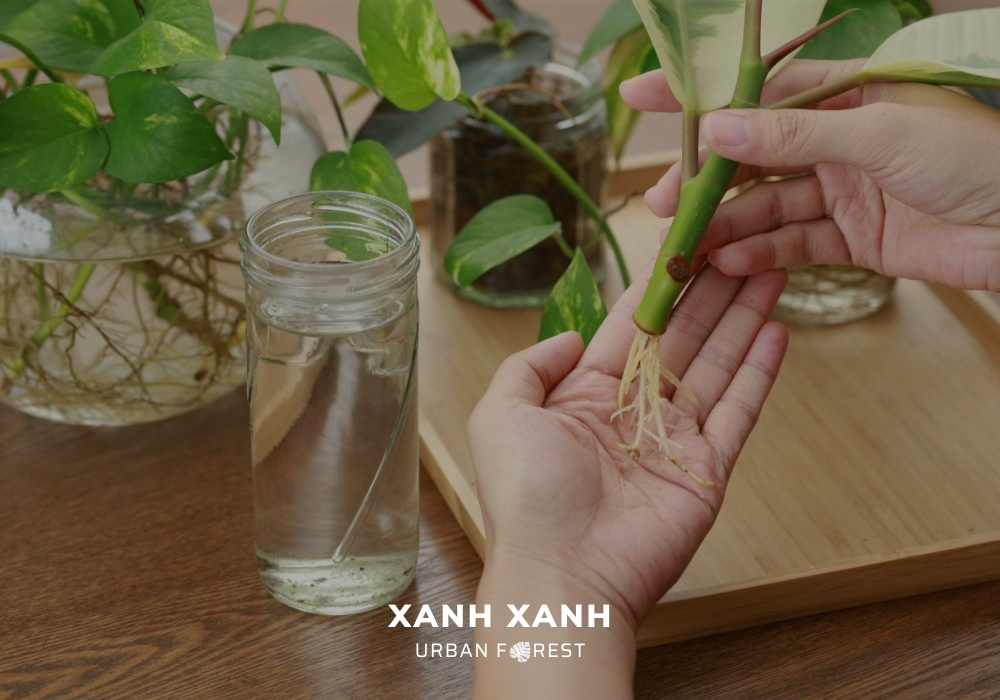
Pingback: Snowdrift Philodendron Care Guide: Essential Tips for Healthy Growth - Plant Philo